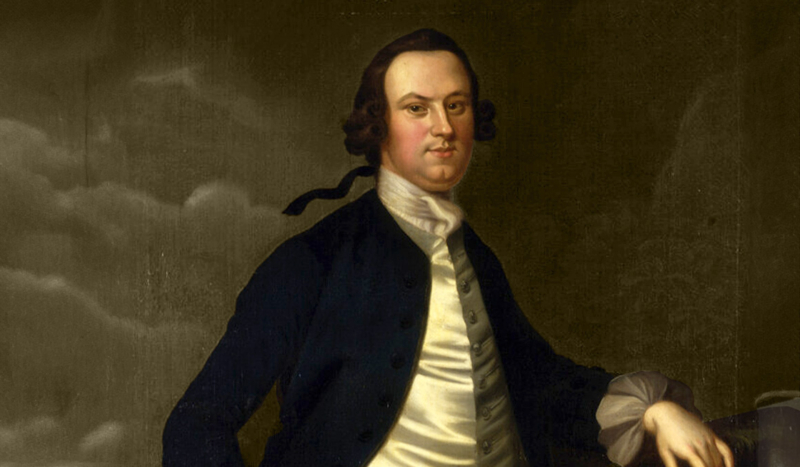
NOTE: Enjoy this excerpt from The American Daily Reader, by CatholicVote president Brian Burch and Emily Stimpson Chapman. To order the complete volume, visit the CatholicVote store today!
On May 14, 1787, Daniel Carroll was supposed to be in Philadelphia. The Constitutional Convention was set to begin there that day, and Maryland had elected him to serve as one of its delegates. But Carroll wasn’t there.
The older brother of future bishop John Carroll, Daniel studied in Europe with the Jesuits as a boy and then returned home to run the family’s plantation in Upper Marlboro, Maryland. The estate spanned thousands of acres and demanded his near constant attention.
Because of that estate, Carroll had only reluctantly supported the American Revolution. He favored independence but also feared the economic consequences of a failed rebellion. Fortunately, his worst fears didn’t come to pass, and as the Revolution drew to a close, Maryland sent its reluctant patriot to the Continental Congress. Carroll served there from 1781 to 1784, and during his first year in office, he signed the Articles of Confederation.
In late April 1787, Carroll returned to political life when his state sent him to the Constitutional Convention. Before Carroll could leave for Philadelphia, however, he needed to get his affairs in order. Unfortunately, three weeks’ notice proved insufficient, which accounted for Carroll’s absence on May 14. He wasn’t the only tardy delegate, though. So few men arrived in Philadelphia by May 14 that the Convention was delayed by almost two weeks.
When Carroll finally did make it to Philadelphia (in July) and signed the U.S. Constitution (in September), he was one of only two Catholics to do so. He was also one of only five men to sign both the Constitution and the Articles of Confederation.
After the convention, Carroll supported the presidential candidacy of his friend and business partner George Washington. Then, from 1789 to 1791, Carroll represented Maryland in the first U.S. Congress and, in his last years, oversaw the site planning for Washington, D.C., a city that was largely built on land that once belonged to Carroll. America’s Catholic Founding Father died in 1796 at the age of 65.

